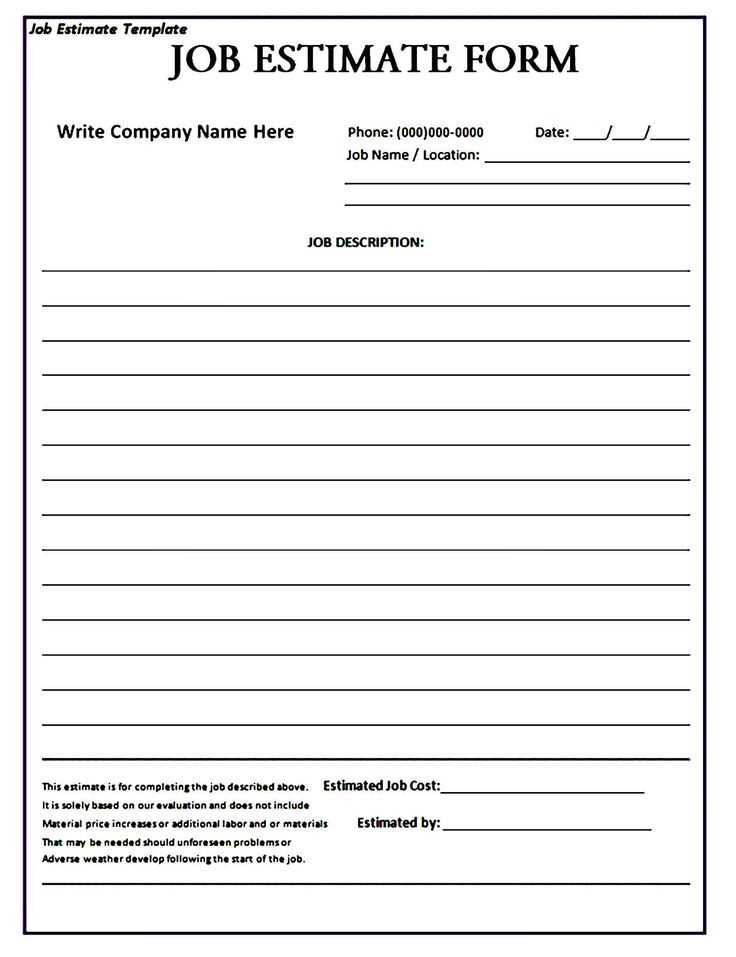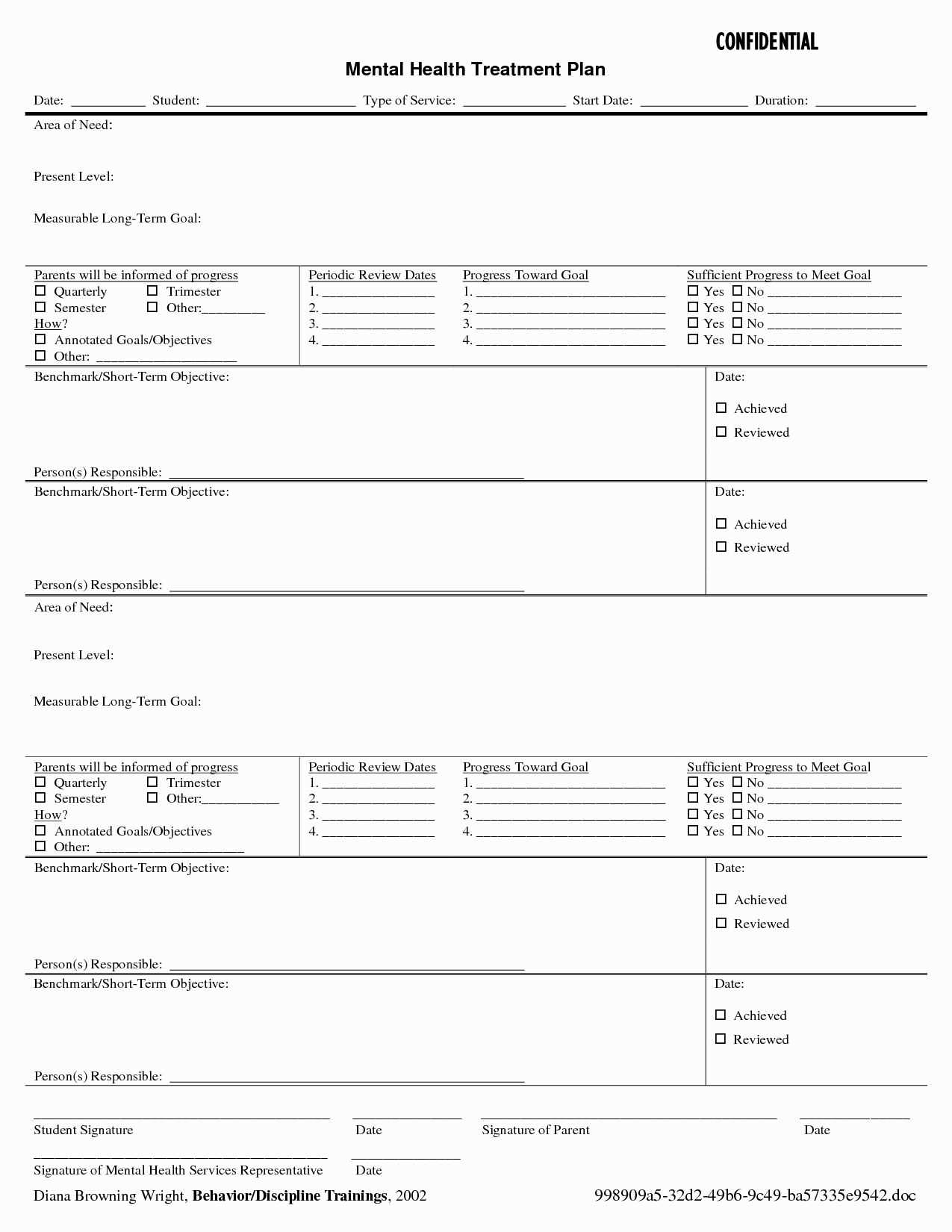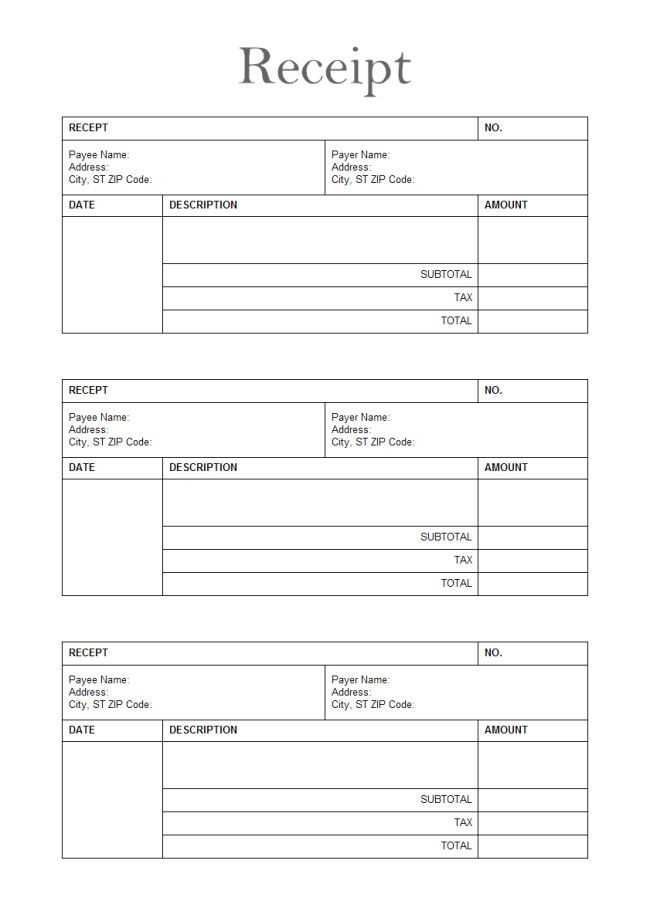
Creating a receipt of procedures manual template is a practical step in organizing and standardizing your processes. This template acts as a reliable reference for documenting each procedure’s details, ensuring consistency and clarity across tasks. A well-structured manual simplifies communication within a team and helps avoid confusion when procedures need to be followed or updated.
The template should include key sections such as procedure titles, steps involved, responsible personnel, timelines, and any resources or tools required. Clear headings and bullet points enhance readability, making it easier for anyone to follow the guidelines. Consistent formatting throughout the document helps to quickly locate important information, promoting efficiency in task execution.
Incorporate space for regular reviews and updates to keep the manual current. This ensures that the procedures reflect any process improvements or changes over time. Additionally, consider a section for notes or exceptions, addressing any potential variations in standard operations.
Receipt of Procedures Manual Template
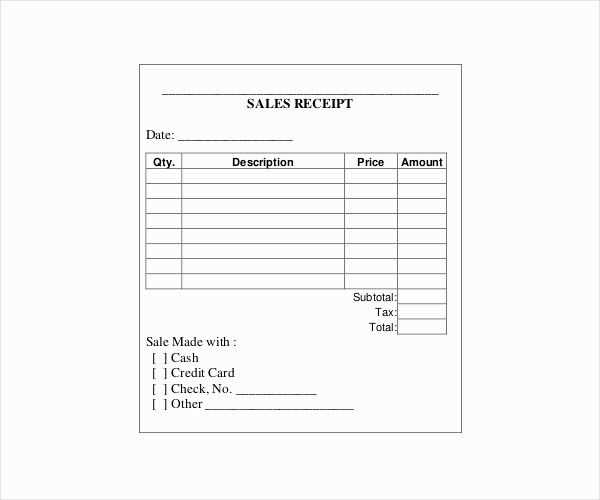
A well-structured Receipt of Procedures Manual Template ensures clarity in recording all processes, tasks, and responsibilities involved in receiving goods, services, or products. The template serves as a standardized reference, outlining expectations and actions in a consistent, repeatable format. Here’s how to build it:
- Title Page
– Include the title, version number, date of creation, and any important contact information. This gives users quick access to the manual’s essential details. - Introduction Section
– Explain the scope of the manual: the types of procedures it covers, key personnel involved, and its intended purpose. Keep it concise and relevant. - Procedure Overview
– Provide a step-by-step breakdown of each process involved in the receipt of items.
– Include:
- The specific items or materials being received.
- Roles and responsibilities of the individuals involved.
- Timeline for each step, from receipt to storage or distribution.
- Documentation Requirements
– Specify the necessary forms, logs, or digital records required for each procedure.
– Include instructions for filling out these documents, ensuring no critical information is missed.
- Quality Control Checks
– List the criteria for verifying that received items meet the required standards. This can include visual inspections, weight checks, or condition assessments. - Problem Resolution Protocol
– Outline procedures for dealing with discrepancies, damaged goods, or missed shipments.
– Provide contact details for reporting issues and the expected timeline for resolution.
- Safety and Compliance
– Ensure safety standards are adhered to during the receipt process. This includes proper handling, storage conditions, and adherence to health and safety regulations. - Review and Updates
– Specify who is responsible for regularly reviewing and updating the manual to reflect changes in processes or regulations.
– Set a review schedule to ensure the manual remains accurate and up-to-date.
By following this template, you’ll ensure all procedures are documented clearly, roles and responsibilities are defined, and standards are consistently met. Adjust the sections as needed to fit your specific organizational needs.
Creating a Clear and Detailed Step-by-Step Guide for Procedures

Break each procedure into specific, manageable tasks. Start with a concise title for the procedure, followed by a list of tools or materials needed. Keep descriptions simple and direct to prevent confusion.
Write instructions in chronological order, using clear action verbs. For example, “Turn on the machine” is more effective than “The machine should be turned on.” This creates an immediate sense of clarity and action.
Use bullet points or numbered lists to organize steps. Each step should focus on one action, minimizing the possibility of skipping vital information. Numbering makes it easy for users to track their progress through the procedure.
Provide visual aids where necessary. Diagrams, flowcharts, or screenshots can help clarify complex steps, but make sure they directly correspond to the instructions and are easy to understand. Keep them simple and annotated if possible.
Be specific about potential challenges or points where users might make mistakes. For instance, “Ensure the lever clicks into place” gives users a clear check for correctness.
Conclude with a brief section on what to do once the procedure is complete, including any verification checks, maintenance steps, or follow-up actions. Reiterate the outcome, ensuring users know when the process is done.
Test your guide by having someone unfamiliar with the procedure follow the steps. Gather feedback on any areas that need clarification or improvement, and adjust accordingly to enhance clarity and usability.
Standardizing Documentation Format for Consistency Across Departments
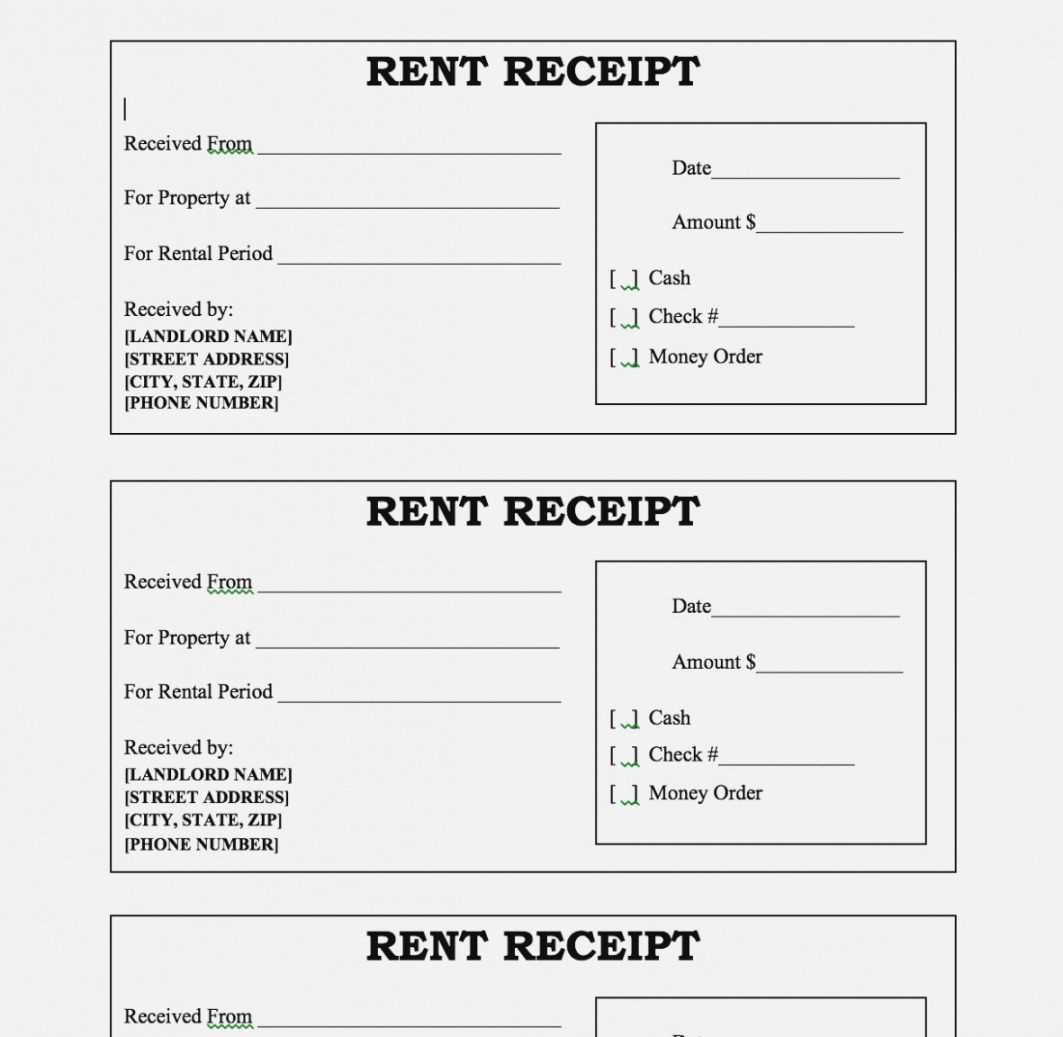
Adopt a unified template for all department documentation to ensure clarity and consistency. Use a standardized structure with clear headings, subheadings, and consistent font choices to make documents easy to navigate and understand. Each document should follow the same outline, including sections such as objectives, procedures, responsibilities, and timelines. This uniformity reduces confusion, speeds up onboarding, and improves communication across teams.
Ensure that all departments use the same document format, from reports to manuals. Set specific guidelines on document length, font size, and spacing. For example, use 12-point Arial or Times New Roman font and maintain 1.5 line spacing. These simple guidelines help maintain readability and make documents appear cohesive, regardless of the department producing them.
Incorporate a version control system in all documentation. Every time a document is updated, make sure the version number and date are included on the first page. This prevents errors due to outdated information and ensures everyone is working from the latest version. A clear revision history in the document helps track changes and provides transparency.
Train all employees on the importance of adhering to these standardized formats. Offer workshops or guidelines to help departments implement the changes smoothly. Clear instructions on how to structure and present information will reduce misunderstandings and inconsistencies.
Lastly, establish a centralized location where all standardized documents can be accessed. This could be a shared drive or a cloud-based system. Make sure access rights are defined so that only authorized personnel can modify documents, preserving the integrity of the formats.
Implementing Review and Approval Processes for Procedure Manuals

Establish a clear and structured workflow for reviewing and approving procedure manuals to ensure accuracy and consistency. Start by assigning specific roles to individuals or teams responsible for the review process. These may include subject matter experts (SMEs), department heads, or compliance officers. Each person should understand their responsibilities and deadlines.
Implement a step-by-step review process that includes initial draft, peer review, and final approval stages. During the draft phase, the document should be reviewed for clarity and accuracy. Peer reviews allow for feedback from colleagues with relevant expertise to catch any gaps or errors. Finally, the approval phase should involve leadership or authorized personnel who ensure alignment with organizational policies and regulations.
Use a version control system to track changes made during the review process. This ensures transparency and provides a history of document revisions. Each version should be marked with clear annotations, including the name of the reviewer, date, and any changes or comments made.
Consider implementing a digital approval platform to streamline the process. Such platforms allow for easy tracking of review progress, facilitate communication between reviewers, and provide automatic notifications when approval is needed. Additionally, these platforms help maintain a centralized, searchable record of all procedure manuals.
Ensure that the approval process is not overly cumbersome. Define clear criteria for what constitutes approval, and avoid unnecessary layers of bureaucracy that could delay the process. At the same time, make sure all key stakeholders are involved to prevent issues from being overlooked.
After approval, create a final version of the manual that can be distributed to the relevant teams. Ensure that the approved document is easily accessible to employees who need it, and provide training or instructions for using the new procedures. Schedule periodic reviews to update the manual as necessary, especially when procedures or regulations change.
